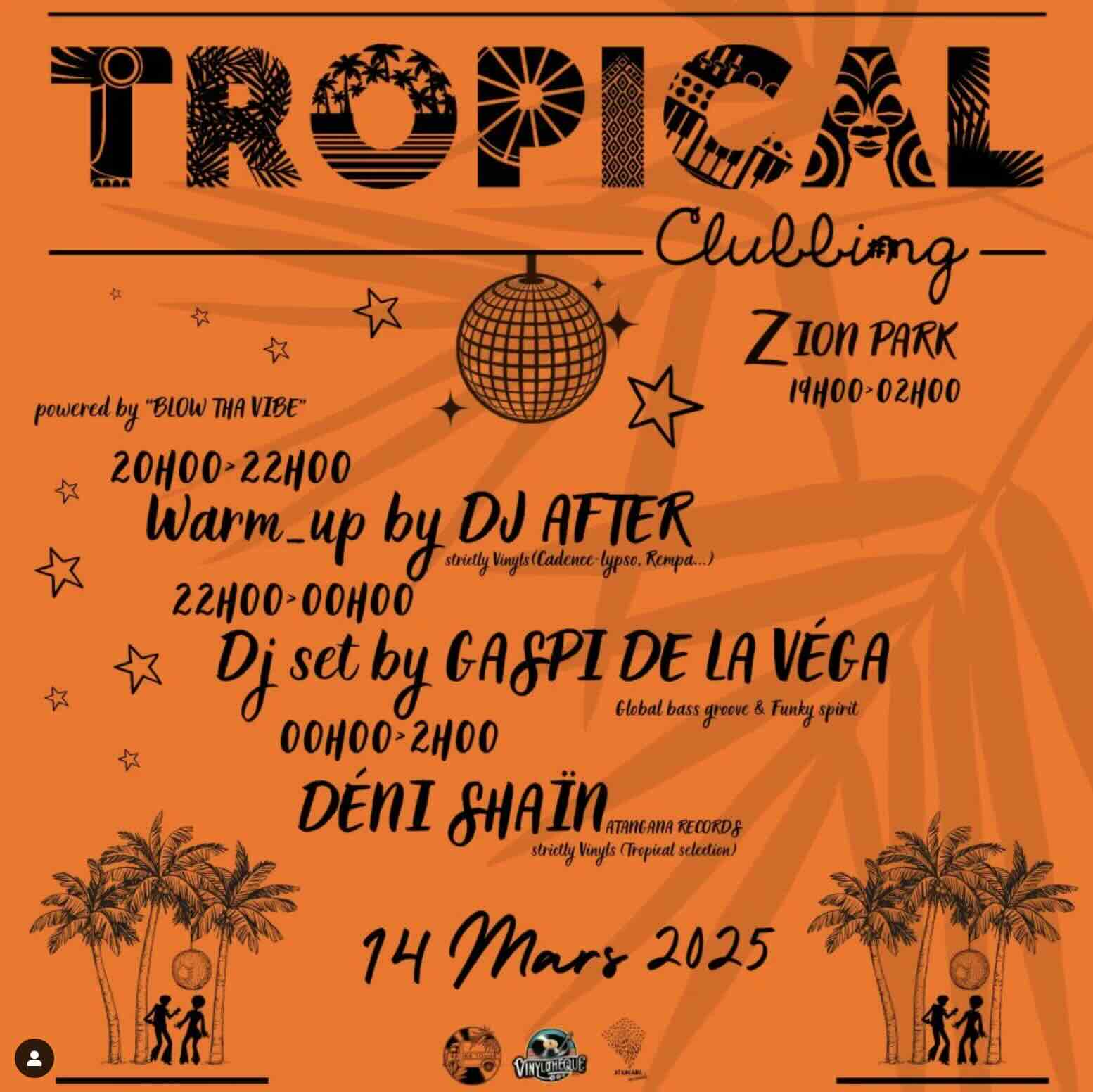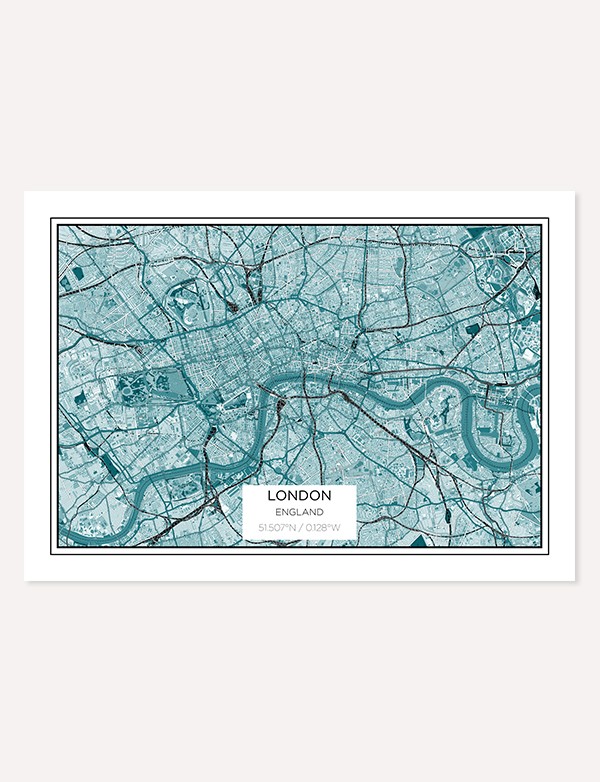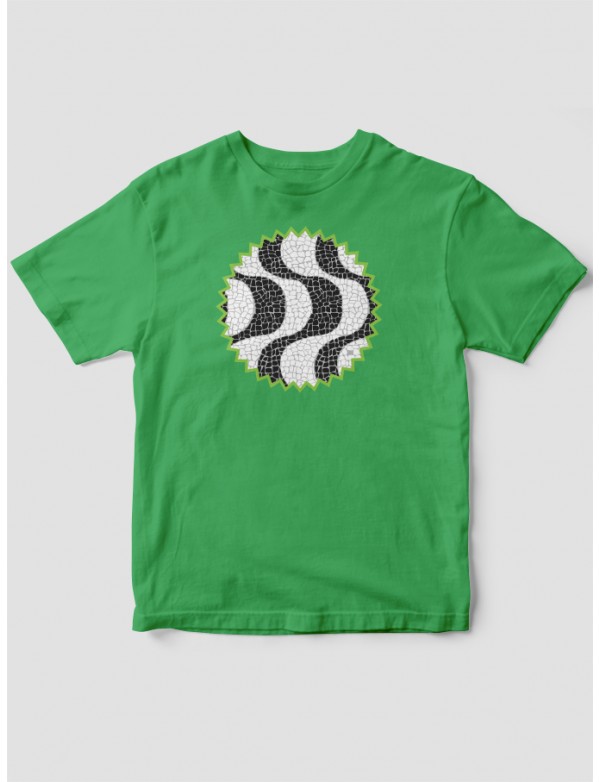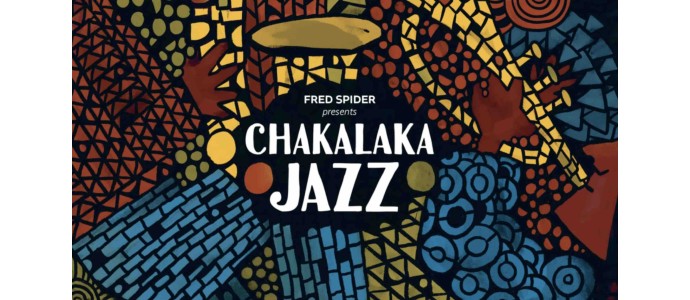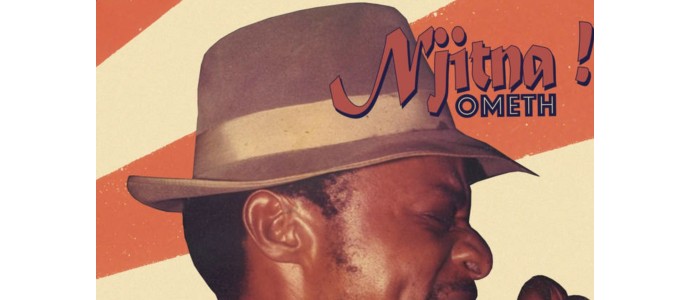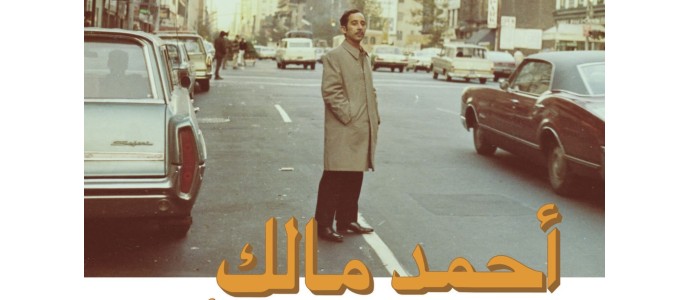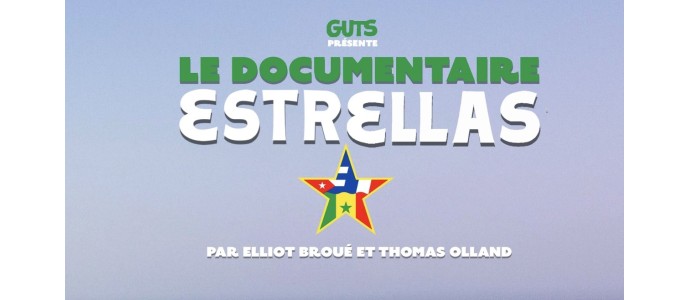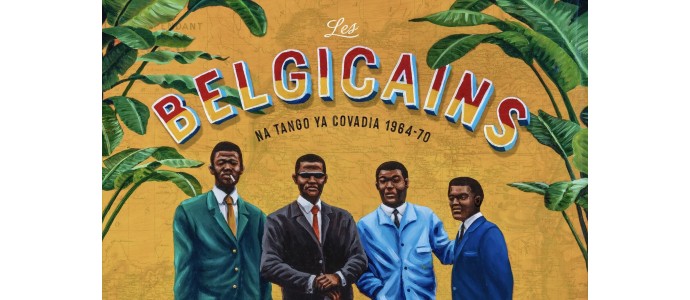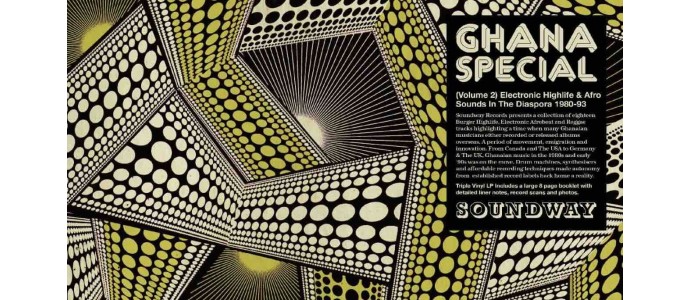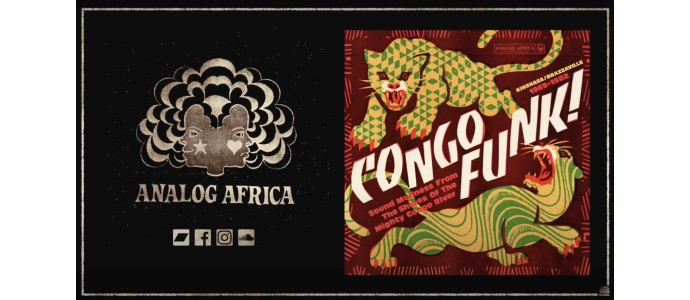Exit to Colombia - The Complete Travel Guide
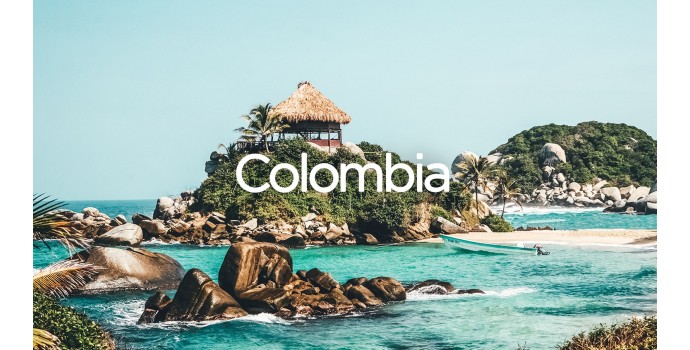
The gateway (or exit) to South America, Colombia has become in a few years a popular destination for tourism. It obviously attracts for its beaches which overlook the Caribbean but also for its colonial-style villages and its pre-Colombian history in which the Incas had, here too, a major impact. Vibrate to the sound of Colombia, its history and its varied landscapes, and discover here a country in full effervescence.
Budget: $ 30 / € per day
Currency: 1 € / 1US $ = 100 soles Visa: No visa, 90 days for most passports.
Sleep: 10-60 $ / € bed in dormitory / correct double room
Transport: $ / € 15 for a Bs.As / Bariloche coach.
Food: Parilla (Grill), Empanadas, Locro, Choripan, Mate, Dulce de leche, alfajor
Weather: Hot from November to May, cold from June to October.
Religion: Christianity for the great majority, syncretism, Judaism.
The people: ...
Music: Cumbia, Folklore, Milonga, Chamamé, Chacaréra, Zamba
Language: Spanish, Quechua, Guaranis, Aymará, etc ...
Glossary:
Hello Buen dia
How is it going ? Todo good?
Good and you ? Todo bien y vos?
Please Por favor
Thank you (Muchas) Gracias
Goodbye Adios
** ROUTE TIPS **
As in all of our articles, we try to imagine a more or less coherent route that allows both to see the most important places of the country while maintaining a logical route for travelers who want to get from point to point. other. Here, to follow logically with our articles from Bolivia and Peru, we will start the route from the south of the country and go up to the beaches in the north, going through several stages in no order of preference or importance. Everyone is free to adapt their course according to their entry position and their desires.
** TRANSPORT TIPS **
As everywhere in South America, the best means of transportation are coaches whose seats recline almost completely to sleep comfortably. The distances between cities being long, and the roads sometimes very bad, prefer overnight trips which will save you hotel nights and which you will arrive at your destination the next day in good shape.
Ipiales & Las Lajas (2d) Let's start this Colombian adventure, with a place of pilgrimage that is becoming more and more unmissable for its beauty and originality: La Basilica Nuestra Señora del Rosario de Las Lajas. Impressive building over 100m high and built against a cliff with a 50m high bridge junction. The view is just as impressive as the place which attracts many Catholics from the country and the surrounding area. Las Lajas is located at an altitude of 2888m and 7km from the town of Ipiales, in the south of the country near the Ecuadorian border, where you will need to put your suitcases.
San Augustin (3d) - Popayán (2d) & Parque Tierradentro (2d) - Parque Nacional Macarena y Caño Cristales (3d)
First, land in San Augustin, a small village in the Macizo colombiano region, where the Cordillera splits in two. The atmosphere is relaxing and you can go from here to the most important archaeological area in the country divided into 3 parks: El Parque Archeologica de San Augustin, El Parque de Los Idolos and Alto de La Piedras, located at different places and which each offer sculptures and sarcophagi from a pre-Columbian culture dating from -200 BC to 900 but of which very little is known. Nonetheless, we recommend a guide to explain the thin knowledge and mystery around these sites to you.
Popayán, also nicknamed “Ciudad Blanca” is a small town in which you will enjoy chilling in the middle of its architecture and its many churches built by the Jesuits, the Augustinians and the Dominicans. Consider getting a local guide for the city tour and finish up at Morro del Tulcan for a 360 ° view during sunset. Excquis. At 113km (but almost a 7-hour drive in poor condition) is El Parque Tierradentro, another large archaeological site in the country which is located in the heart of the Coridllère jungle and in which you will start with 2 museums (one on the discoveries of the park , the other on the Nasa people who live in the region) at the entrance of the park then numerous burials coming from a civilization about which little is known there too but which would have undergone the same influence as that of the park of San Augustin . A real playground for those who feel the soul of an adventurer. Next destination is the city of La Macarena, more and more accessible in recent years, to then go to Parque de La Macarena in the middle of lush vegetation, and find yourself facing El Caño Cristales, a unique river with 7 colors due to the variety of its algae. The place is ultra photogenic with its sparkling green setting. Surely the most beautiful river in the world!
Neiva & Desierto from Tatacoa (2 / 3d):
We completely change the scenery with Desierto by Tatacoa. Here, we find ourselves in an arid landscape with sometimes ocher-colored cliffs sculpted by the elements and where we can observe cacti and birds like raptors, sometimes a gray part that plunges us into a lunar setting. The desert is located 38km from the city of Neiva, the capital of the Huila department. Salento, Parque de los Nevados & Valle de Cocora The small village of Salento attracts more and more visitors every year with its colorful little houses, its Calle Real and its shops and its Mirador de Alto Cruz, but also because it is the starting point for the Valle Cocora. Here in the coffee region, right in the middle of the mountains, we find the tallest palm trees in the world, reaching up to 80m. You might as well say that your hikes here will be unique. You can also enter the Parque de los Nevados with its stunning landscapes in the middle of a peak of over 6000m!
Bogota. - Cathedral of Sal de Zipaquira
We arrive at the capital Bogota, and we advise you to land in the district of La Candelaria with its colorful streets, restaurants / bars and close to the historic center and most museums. At night, however, remain on your guard. On the program, the Museo Botero dedicated to the Colombian artist, the Museo del Oro dedicated to the material so much used in the region since the pre-Columbian era, the Sanctuario de Monserrate to have a crazy view of the city and that the one climbs by its 1,500 steps or by cable car. La Zona Rosa, T & G are very lively neighborhoods with many shops, restaurants / bars to chill the day or go out at night. One hour from Bogota is the Cathedral of Sal de Ziquatera, voted the first wonder of Colombia by its people. It is a miners dug cathedral, located 185m underground and is a must see if you are in the area. Outside the city, you also have many parks and natural places such as the Laguna de Guatavita where the legend of El Dorado was born and El Parque Natural de Chingaza with trails for hikers.
Mongui & Paramo d'Oceta.
Heading north, we stop at Mongui, a colonial village located 3000m above sea level in which to stop for a night or 2 and then go to Paramo d'Oceta. This is an exceptional panorama that is offered to you with its mountainous landscapes and astonishing vegetation on a 19km hike. San Gil and surroundings: In the Santander mountains is the town of San Gil, where there are many agencies for extreme sports in the area: rafting, caving, abseiling of the San Curi waterfall, paragliding on the Chicamocha Canyon. 30min from the city is the village Barichara in which to stroll between its two-colored houses.
Medellín & la comuna 13 - Guatapé (3-4d)
Head west to the country’s second largest city, Medellin, once associated with Pablo Escobar and the drug trade. The city has evolved enormously and the Museo de la Memoria will teach you more about the history with testimonies of the victims as well as the walls of the Comuna 13. This district which was the HQ of the criminality is today a place of urban art that gives it new life. Plaza Botero in the city center is great for meeting Colombians, surrounded by the artist's sculpture and the Museo Moderno with a unique collection of his works (among other things!). El Parque Arvi is the perfect place to chill out in the greenery and in the botanical garden.
At 2 hours from the city, join the very pretty colorful village of Guatapé for a day and its rock, La Piedra del Penol, on which you will have a crazy view of the landscape and the lagoons around. You will still have to climb its 649 steps!
Cartagena de los Indias - Parque Tayrona, Ciudad Perdida (6-8d) y Punta Gallina (2/3):
Overlooking the Caribbean Sea, Cartagena de los Indias is often considered the most beautiful city in South America, with its colonial and colorful style, its fortifications and its historic center, it is a special atmosphere that emanates there and you will want to relax there for a few days. The Santa Catarina de Alexandria Cathedral is to be discovered like El Palacio de Inquisicion and El Castillo de San Felipe de Bajas or the excellent El Barrio Guetsmani with its many street art. Many activities are available to you in the surroundings, such as visiting the Rosario Archipelago and San Bernardo with its crazy beaches. Then leave for Santa Marta and Parque Tayrona which is 1 hour from the city. Here long white sand beaches await you, surrounded by green mountains, all for an idyllic and atypical setting. Explore the surroundings of Canaveral, Cabo San Juan and Calabazo to appropriate the atmosphere of the place, a true haven of peace with its turquoise blue waters. From Santa Marta, you can also go to Ciudad Perdida Tayrona, built around 640 AD by the people of the same name and who unfortunately did not survive the Spanish conquest between 1550 and 1660. It remains one of the most beautiful archaeological sites in South America, planted at an altitude of 1300m and you will have to trek 40km through the Sierra Nevada to reach it, but what a reward on arrival! Along the way, you will surely meet the Kogi people, descendants of the Tayrona and who inhabit the region. The trek is done by an agency in town and it lasts between 4 and 6 days depending on your form and costs between 250 and 350 $ with accommodation and food.
Last stop of our tour, Punta Gallina, the northern tip of the country but also of South America. You will first need to get to the village of Cabo de la Vela, where you can also stay for a short day to feel the atmosphere and ask your hostel if you want to go to Punta. They take care of everything and organize a 2 hour SUV trip through the desert to finally see the coast and the waves of the Caribbean hit against the sand dunes. Canon and sated!
And more :
So many treasures in Colombia that there is still plenty to see if you have more time. In the south of the country first with the city Leticia on the triple border with Brazil and Peru in the heart of the Amazon rainforest to see a variety of flora and fauna, local tribes and take advantage of the many activities on offer. You can get to Leticia by plane from Bogota or by boat from Iquitos if you are coming from Peru. The Villa de Leyva, a national heritage site, is one of the prettiest villages in the country and can be a stopover going up to Mongui or fly to the archipelago of San Andrés and Providencia off the coast of Nicaragua, in the middle of the Caribbean Sea for more no more disconnection. Providencia at the 3rd largest coail barrier in the world and an amazing dive site. Fine sand and turquoise waters, enjoy this paradise a little longer.
Outro:
Colombia is a destination that brings together a lot of elements: archaeological sites, jungle, desert, colonial towns and villages, heavenly beaches against a backdrop of celebrations and good humor. Let yourself be transported by this country which is a hub of the continent at the crossroads for any backpacker arriving from the north and continuing south through Ecuador, Peru, Brazil… or arriving from the south of continent to continue on its way north like Guatemala, Mexico, Cuba or Jamaica… The continent is still very vast and there is still a lot to experience and learn on the road.

